Roma Casus
I do not believe in inspiration
Why art?
I ask people what would they do, if they don't need to make money. Guess what is the most frequent answer? I would travel. And I always think that you need to earn money — this is an incredible freedom to do all things and take any risks on. This is the most useless thing imposed by lifestyle bloggers.
And answering the question: why art, because I already do this at a loss, and yet I am pleased with the process.
And answering the question: why art, because I already do this at a loss, and yet I am pleased with the process.
How did you decide to be an artist (here, if you can, tell more about self-studying, previous experience as a designer)?
For more than 10 years I have been working in the field of advertising and design. Not that I had a burnout, but a certain disappointment was accumulating, because most of the time you need to do some things over and over. In advertising agencies it is a frequent occurrence – you work a lot, sometimes at night, then you look at the result and think: "And I am spending my life on it?"
The second problem is trends that began to change very quickly. The product that you make becomes obsolete instantly. When I began my career as a designer, a portfolio could be relevant for several years, today it must be changed every year. So I decided to switch to something more durable.
I started painting a year ago. I had no skills. Many do not believe that the result that I show, I did in a year. But with the availability of the Internet and time, you can learn almost everything. Painting is a skill, and like any skill, it is put only by the number of hours worked.
At first it was very unusual that the operation could not be canceled. I always wanted to press ctr+z. Plus, you cannot do any work option, save it, make another one and choose the best one. The picture seems to live its life, and you have to put up with it.
The second problem is trends that began to change very quickly. The product that you make becomes obsolete instantly. When I began my career as a designer, a portfolio could be relevant for several years, today it must be changed every year. So I decided to switch to something more durable.
I started painting a year ago. I had no skills. Many do not believe that the result that I show, I did in a year. But with the availability of the Internet and time, you can learn almost everything. Painting is a skill, and like any skill, it is put only by the number of hours worked.
At first it was very unusual that the operation could not be canceled. I always wanted to press ctr+z. Plus, you cannot do any work option, save it, make another one and choose the best one. The picture seems to live its life, and you have to put up with it.

Well, the fact that I have a spare profession, firstly, gives me confidence: I always have a backup plan. Secondly, it allows me to be independent in my judgments. It's so obvious when a person does not say anything critical about those whom his career depends on. It is much easier to manipulate and adjust the artist to the market if he is dependent on sales. I was offered several times to try other topics in order to get into some kind of institutions or galleries. But I do not want to turn out in a trap, being in demand for things that are not close to me. And the opportunity to make money elsewhere, allows me to refuse transactions with a conscience.

Who or what are you inspired by?
I do not believe in inspiration. There are things that catch me, but usually inspiration comes in the process. Perhaps this approach remained with me from the design years. You make sketches, test some hypotheses, until you get something successful. You just need to start doing something to unload all weak ideas from the brain and make room for something new.
In general, we live in the era when all authorities are overthrown and there is no centric one, as it was. There is no place for exploits, and there are no heroes. Everyone is his own judge and decides what is important to him. This fact can cause frustration, because you are no longer a part of something big. No god, no state, no corporation. Therefore, we need a certain self-discipline in order to overcome this nihilism and find authority for ourselves.
Personally I make quick copies of artists works that I like. Copying is generally one of the most effective ways to learn. I love the second half of the 19th century: John Sargent Singer, Mihaly Munkacsy, Joan Sorolla, Adolph Von Menzel, Anders Zorn, Ilya Repin, Valentin Serov. The list of contemporary authors is very large, but I will highlight a few: Justin Mortimer, Phil Heil, Zsolt bodoni, Adrian Ghenie.
In general, we live in the era when all authorities are overthrown and there is no centric one, as it was. There is no place for exploits, and there are no heroes. Everyone is his own judge and decides what is important to him. This fact can cause frustration, because you are no longer a part of something big. No god, no state, no corporation. Therefore, we need a certain self-discipline in order to overcome this nihilism and find authority for ourselves.
Personally I make quick copies of artists works that I like. Copying is generally one of the most effective ways to learn. I love the second half of the 19th century: John Sargent Singer, Mihaly Munkacsy, Joan Sorolla, Adolph Von Menzel, Anders Zorn, Ilya Repin, Valentin Serov. The list of contemporary authors is very large, but I will highlight a few: Justin Mortimer, Phil Heil, Zsolt bodoni, Adrian Ghenie.
What gave you the impetus to invent subjects for the canvases? Was it your past experience as a designer in digital agencies?
I live in a small cognitive dissonance, on the one hand, I lead a quiet middle-class life, on the other hand, every time I go on the Internet, there is a feeling that the world is heading towards nothing. And I do not know what to believe. If earlier a person formed his own idea of reality on personal experience, today, instead, everything comes from the media. At the same time, on-screen media won today, even radio releases videos of their broadcasts. The eyes see, but there is no big difference for the brain, whether it happened in fact or not. The visual row is a very powerful pathogen, you have the illusion of interacting with something, as if you personally witnessed what you saw, although there was no interaction. You just sit in your chair and switch channels or click on the links. You get experience without experience, which you can operate and create your own map of reality.
A good illustration of this is the situation with ISIS. In a short time, this grouping occupied not only vast territories on earth, but also captured minds of many people. The fighting was not so much on the ground as on the screens. The main combat unit in this war is the viewer, the person consuming information through his eyes.
This war is more like an advertising campaign. The main antagonist has too bright and memorable packaging: ISIS officers are dressed all in black, like ninjas, white sneakers are worn in contrast with this, it looks quite stylish. Their flag is also black and white, contrasting, energetic, aggressive, not to be confused with anything. They attack with the help of information guides: the execution of hostages, parades, their own filmmaking, social networks. Any media product enters the market to satisfy some need. Some products satisfy the need for curiosity, admiration, envy, vanity. IG sells a sense of fear and uncertainty. And in this media campaign they won.
A good illustration of this is the situation with ISIS. In a short time, this grouping occupied not only vast territories on earth, but also captured minds of many people. The fighting was not so much on the ground as on the screens. The main combat unit in this war is the viewer, the person consuming information through his eyes.
This war is more like an advertising campaign. The main antagonist has too bright and memorable packaging: ISIS officers are dressed all in black, like ninjas, white sneakers are worn in contrast with this, it looks quite stylish. Their flag is also black and white, contrasting, energetic, aggressive, not to be confused with anything. They attack with the help of information guides: the execution of hostages, parades, their own filmmaking, social networks. Any media product enters the market to satisfy some need. Some products satisfy the need for curiosity, admiration, envy, vanity. IG sells a sense of fear and uncertainty. And in this media campaign they won.

In your War with meaning project you say that painting is also a media through which you talk to your audience. Did the public get the message?
It was a bit difficult to translate the title into English. Because in Russian it had two meanings. This is a war with a special meaning, well thought out, planned. And the war is against meaning. In English, I was able to convey only the first meaning, because the second meaning would have sounded different, something like «war against meaning».
Painting and media have a common feature: they both mimic reality. Painting on the plane, media on the screen. By manipulating seemingly familiar symbols, one can create arbitrarily bizarre narratives. Media lead a certain war with meaning, defeat it and enslave it for their own needs.
The idea of all the works to collect from a straightforward media message, something not so obvious. You look at the picture and it seems there is some kind of plot here, but you cannot say exactly what is happening. There are no answers here, because there is no such naive clarity in life that the media broadcast to us.
At the exhibition, besides painting, I made a performance "Attempts to explain the ironic quotation in the postmodernism culture". I quoted a picture of Edouard Manet's "Breakfast on the Grass". At one time, this work produced a scandal and became a kind of reference point for contemporary art. At my exhibition, men dressed in the form of ISIS officers in masks and with weapons, sat with a naked woman, but in a mask. They depict scene as in the picture. After a couple of hours and three bottles of wine, everyone got drunk and the guys started to undress too. So the performance turned into a happening.
Painting and media have a common feature: they both mimic reality. Painting on the plane, media on the screen. By manipulating seemingly familiar symbols, one can create arbitrarily bizarre narratives. Media lead a certain war with meaning, defeat it and enslave it for their own needs.
The idea of all the works to collect from a straightforward media message, something not so obvious. You look at the picture and it seems there is some kind of plot here, but you cannot say exactly what is happening. There are no answers here, because there is no such naive clarity in life that the media broadcast to us.
At the exhibition, besides painting, I made a performance "Attempts to explain the ironic quotation in the postmodernism culture". I quoted a picture of Edouard Manet's "Breakfast on the Grass". At one time, this work produced a scandal and became a kind of reference point for contemporary art. At my exhibition, men dressed in the form of ISIS officers in masks and with weapons, sat with a naked woman, but in a mask. They depict scene as in the picture. After a couple of hours and three bottles of wine, everyone got drunk and the guys started to undress too. So the performance turned into a happening.
Perhaps, one of my favorite work of yours is “Three Men in a Boat”, is it a reference to Jerome K. Jerome?
Usually, I come up with a name as follows. I look at the work and I think what associations do I have on her account. Sometimes I google my own thoughts, and come across headlines that are perfect for the title.
In addition, philosophy has come to the conclusion that we no longer invent anything new, but only rework everything that was invented before us. So I do the same.
In addition, philosophy has come to the conclusion that we no longer invent anything new, but only rework everything that was invented before us. So I do the same.
You do have some provocative works, for example The Comfort You Deserve, how come this idea appeared?
Judging by my experience of interacting with local institutions, everything I do is a provocation. I have repeatedly offered to write something more neutral to work with or for. But it is not interesting to me, so I do not apply to any local programs and residences for artists.
I usually don't have a task to do something provocative, for example, Caravaggio wrote natural scenes of violence. I'm interested in the image being dissonant. After all, conflict is the main component of any plot. In this job, you see a man sitting in a chair and smiling. Yet the chair he sits in is for disabled. And next to him is a dog guide, so, most likely, the person in the chair is blind. There is a conflict between his position and a smile on his face.
I usually don't have a task to do something provocative, for example, Caravaggio wrote natural scenes of violence. I'm interested in the image being dissonant. After all, conflict is the main component of any plot. In this job, you see a man sitting in a chair and smiling. Yet the chair he sits in is for disabled. And next to him is a dog guide, so, most likely, the person in the chair is blind. There is a conflict between his position and a smile on his face.

You started drawing pictures not so long time ago, I believe you have many ideas. What should we expect from you in the future?
I make a series about teenagers who work as webcam models. There is a broadcast via webcam branch in the porn industry. Models — women, men, couples, groups — broadcast sexual content in real time. Customers pay for viewing time and interact with models using text messages. The peculiarity of most webcam services is one-sided anonymity. Models do not hide their faces and bodies, viewers turn off their cameras, although they have the opportunity to broadcast. I think this is the quintessence of our time. In fact, the viewer of art is an anonymous observer, and the artist reveals something sometimes more important than the body to him.
When is the next show going to be?
I would like to complete this project by the middle of this year. Then I will try to develop some topics from the previous series.
Dicecream Mag
